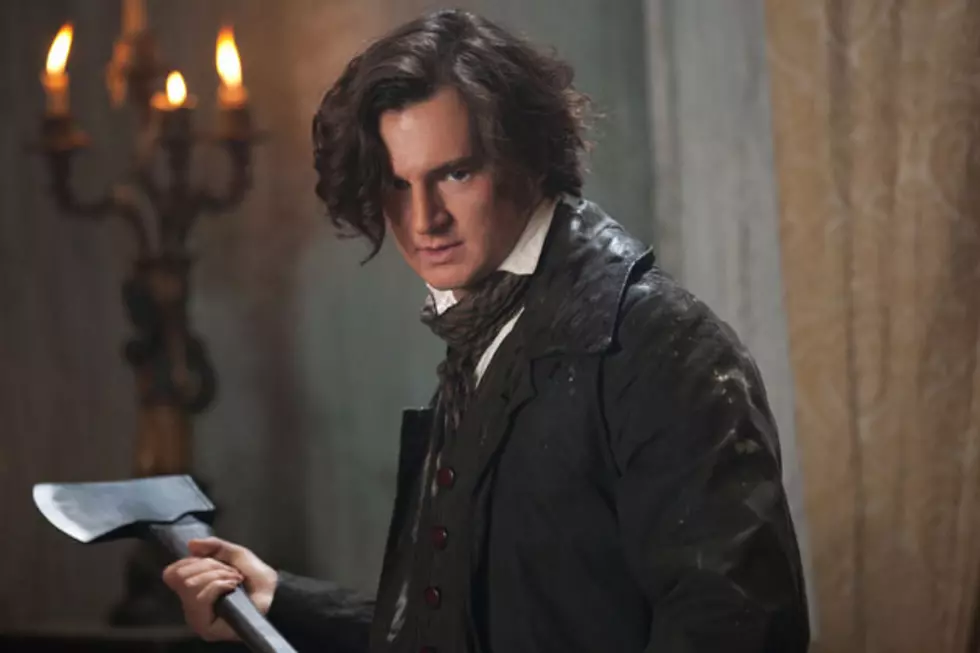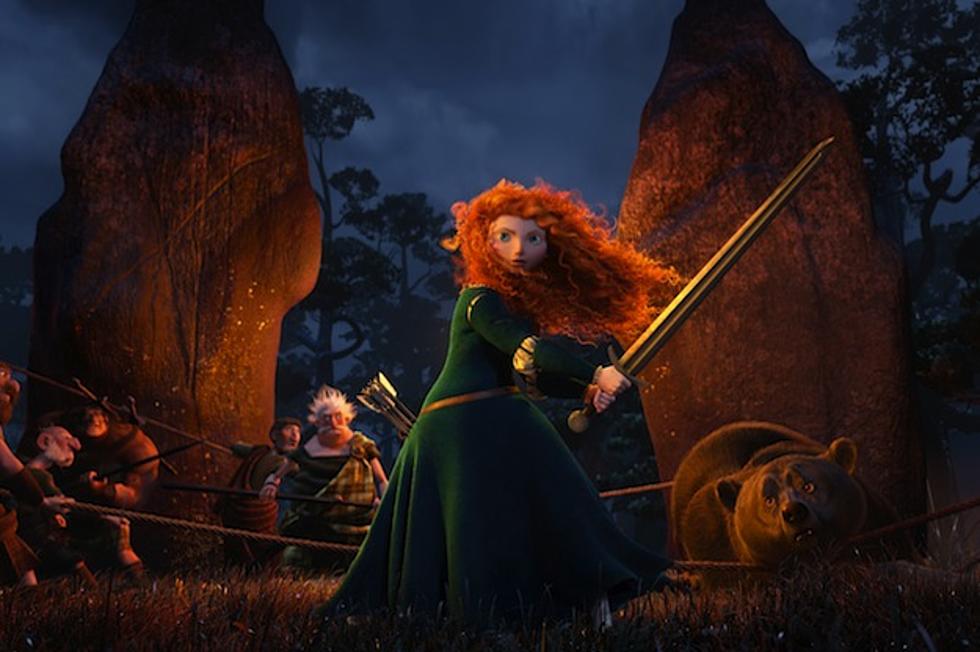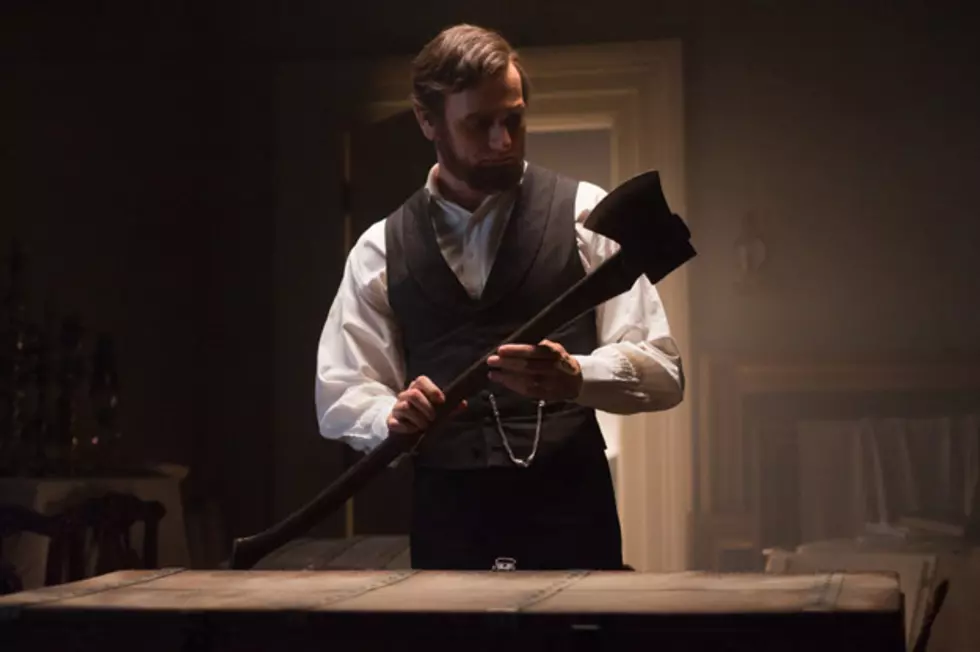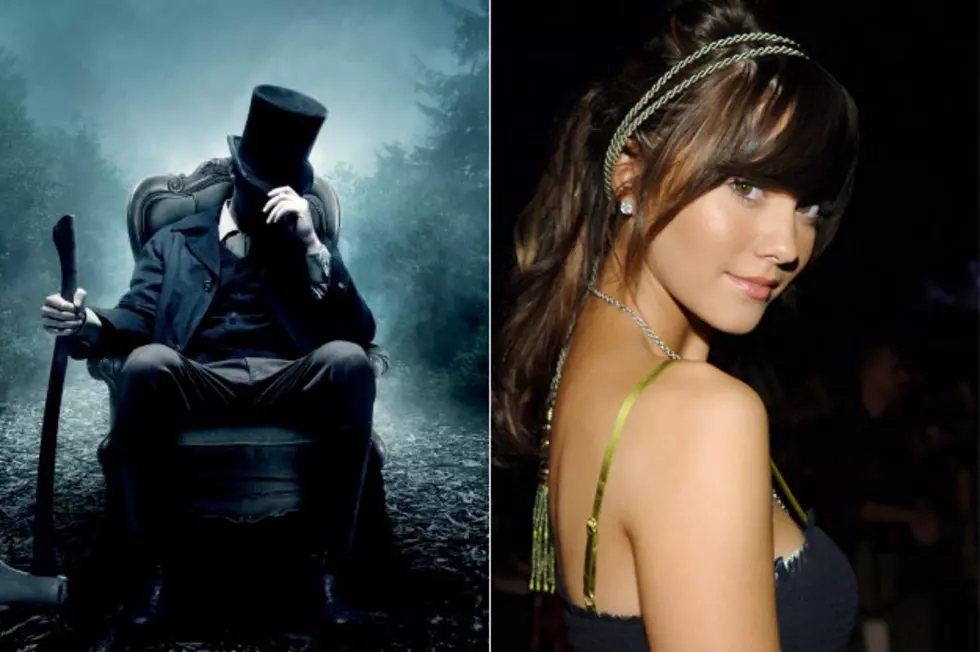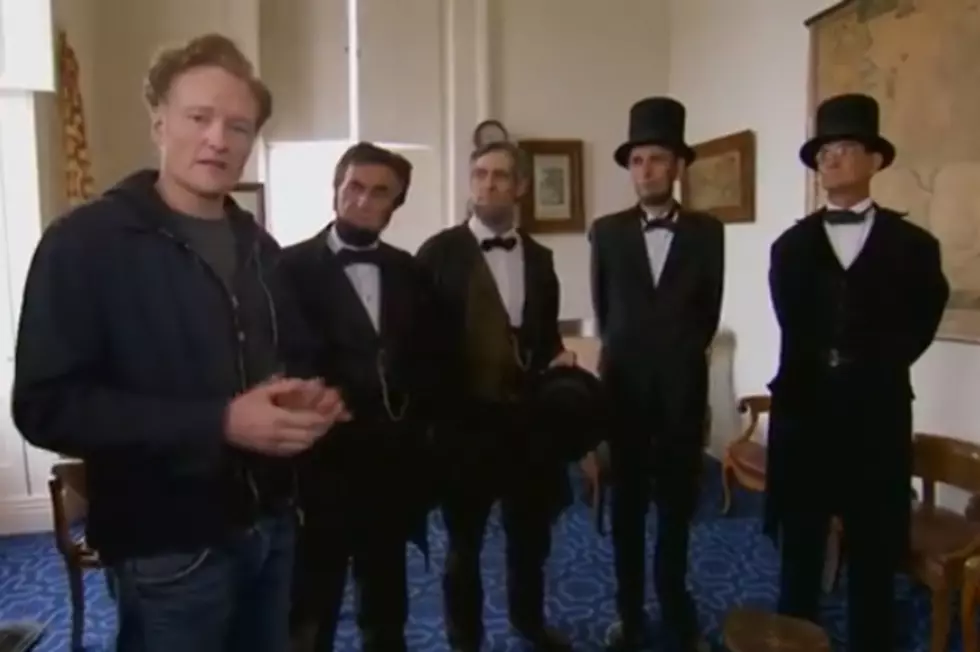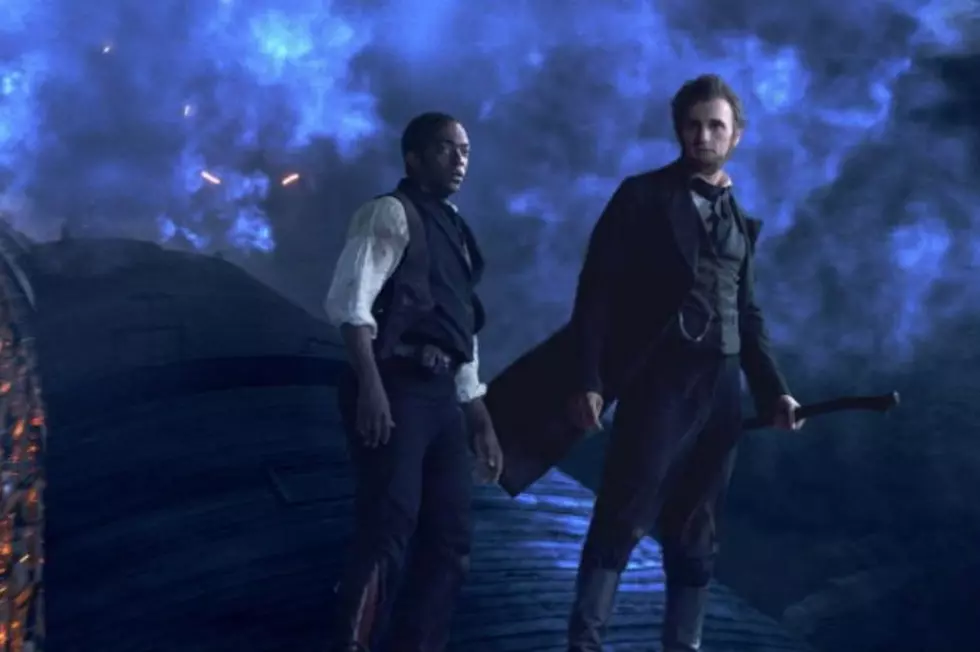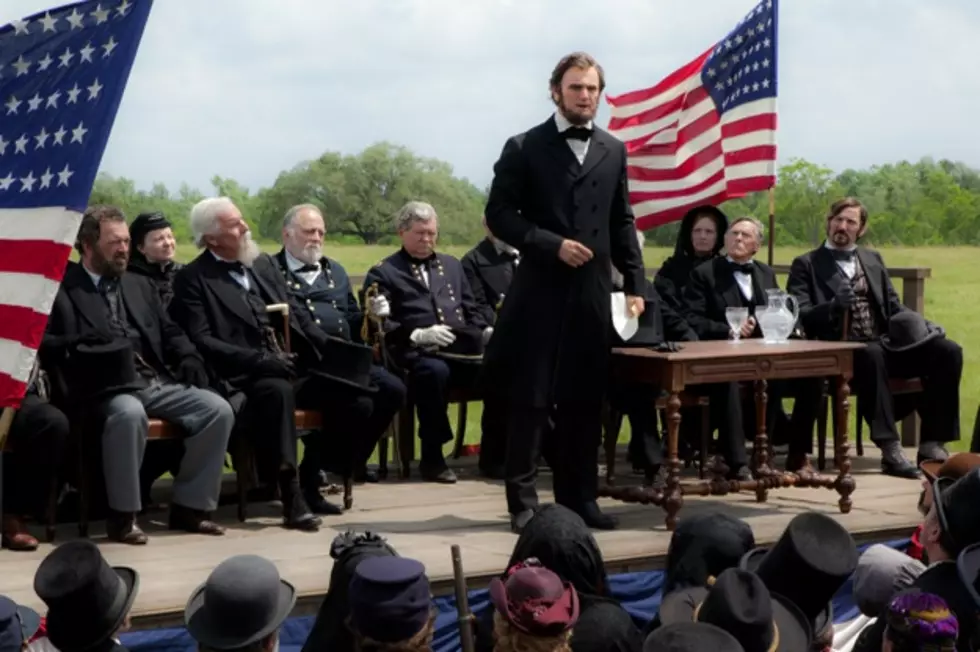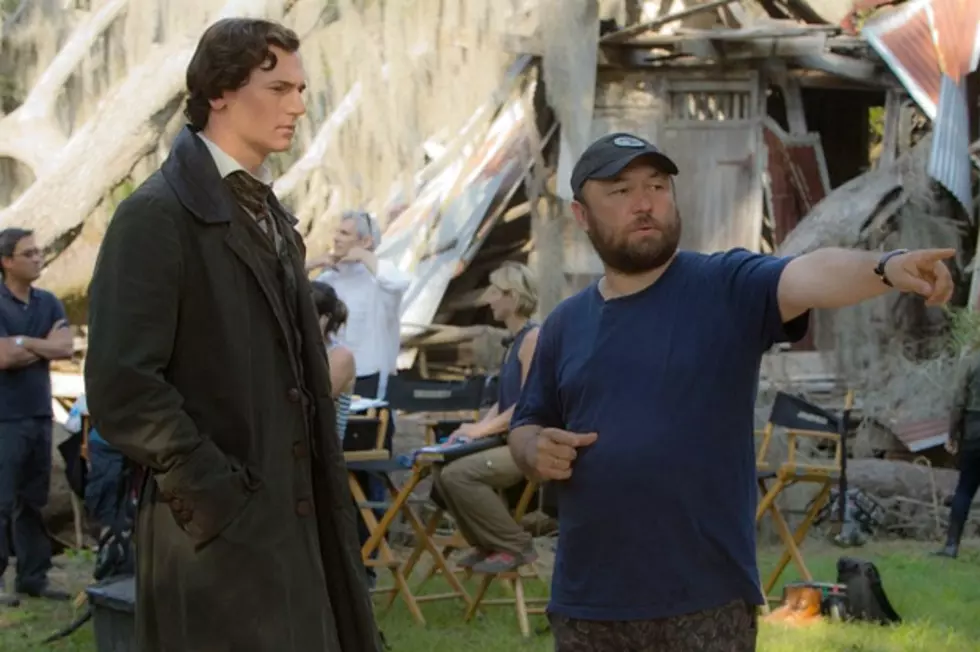
Timur Bekmambetov Interview: Creating Scary Vampires and an ‘Abraham Lincoln’ Sequel
This weekend the revisionist historical fantasy ‘Abraham Lincoln: Vampire Hunter’ comes stampeding into theatres (wait for it, that reference will make sense). The film imagines a world in which the 16th President witnessed his mother’s death at the hands of a ghastly (and frankly smarmy) vampire as a boy and, as such, as a man prevents the dissolution of the Union by day and wields an unholy axe in his fight against the slave-owning undead population of the South by night.
This strange brew was concocted from the minds of producer Tim Burton and scribe Seth Grahame Smith (who adapted his novel of the same name for the screen). Burton tapped visually innovative action-director Timur Bekmambetov (‘Wanted’) to helm the film whom he trusted to capture the style of the genre mash-up. We had the opportunity to speak to Bekmambetov about his take on Lincoln’s life as a filmmaker who hails from Russia, creating the look of his monsters and tone of his action and Lincoln for President in 2016.
Were you very familiar with Lincoln’s life before you joined the project? I know that the idea was that as someone who is not a U.S. native that you may be able to offer a fresher perspective on his iconography. Did you find that to be the case?
I have no idea if I understood it or not. I did what I feel and the audience will judge if it's relatable or if it’s what people think about Lincoln. I don't mean about the genre part, I just mean the core of the character. I hope I understood him. He was a person who could make tough decisions. He was a warrior. And he was a man with an unbelievably dark sense of humor. I knew who he was, but I had some distance from him and maybe that helped me because I think it was important that it was not my icon. Through this process he became my icon.
In what way did he become your icon?
I think a lot of problems of the 19th century still exist. It's not about slavery, it's more about that we live in fear and that fear drives our decisions, our lives. We're afraid to lose our jobs, apartments, boyfriends or girlfriends. We live in fear and what he declared was that society could live free. That people could be free to live and take responsibility and make decisions. All of his life was devoted to create a country and a political society where everyone can be free.
As to the genre aspect of the film, what were you using visually as a reference for the vampires? They have a really distinctive and frightening look. How did you want to distinguish this from your previous vampire endeavors ‘Nightwatch’ and ‘Daywatch’ as well as from the current vampire franchises?
Vampires are scary because they look like human beings...but different. I think vampires are scary when the world is very grounded and when you understand their characters and their logic. Because you think you understand but in reality you don't. They seem to behave like human beings but they actually have very different motivations.
I noticed that these vampires have their own unique flavor. An example is that the teeth look unlike the typical vampire teeth we see in today’s depictions. They are more animal-like. Was that a very conscious choice?
We researched and we found a lot of elements to bring in. The teeth are one of the elements. They’re more protruded forward and aggressive. There are three stages to the vampire transformation. Number one: They’re almost normal; they are starting to get high blood-pressure and ready to vamp out. Stage Two: Their teeth come out and their eyes start to mirror and reflect light. Stage Three: Attack. They’re ready to jump and stick their teeth in your neck so they really protrude. But that stage is really short, like only a few frames which is what makes it scary. If it's longer then it's just funny and silly. I think the 3D adds to the fear because you feel like they're next to you. They're not a shadow on the screen in cinema, they're right here.
Did Tim Burton have much influence on the visual aesthetic of the film?
Tim Burton has made a lot of great films with his own created worlds. His presence on the project is what helped me to find the line in how to make a huge visual genre movie which is crazy but still believable and elegant and emotional.
You’re also known for really innovative action, there are several examples in this film but I think the scene people are really going to be talking about is the horse stampede/fight sequence with Lincoln. How did you conceive of and execute that sequence? Because it really is incredible.
That was a five minute animatic that I created in Russia before we made the movie. And when we met with the studio I brought it and presented it as tonally what the fighting scenes in the movie would be like and they green lit the movie right then and there. It was very challenging process to pull off. Of course it's impossible to shoot the scene in reality so we were lucky that Weta fell in love with the sequence and helped us to make the stamped digitally. It's unbelievably realistic and even I was surprised when I saw it.
Is there one shot that is the iconic signature of the film?
Yes, that one shot of Lincoln running across that horses. That's the first thing that I created.
There’s room left open for a sequel, certainly by the end of the film but its unclear if Lincoln would be involved. Is that something you envision if there were to be a sequel?
The audience will decide if they want to see the sequel. In the book he appears in present day. But it would be very, very sad to see him turned. At the same time people want somebody to protect them. I think if there's a sequel he will be elected in 2016...wait, he cannot be elected more than once.
That's right. He'll just have to take on an assumed identity…and partake of modern day reconstructive surgery I suppose. He has a famous face.
'Abraham Lincoln: Vampire Hunter' is in theaters now
More From ScreenCrush

